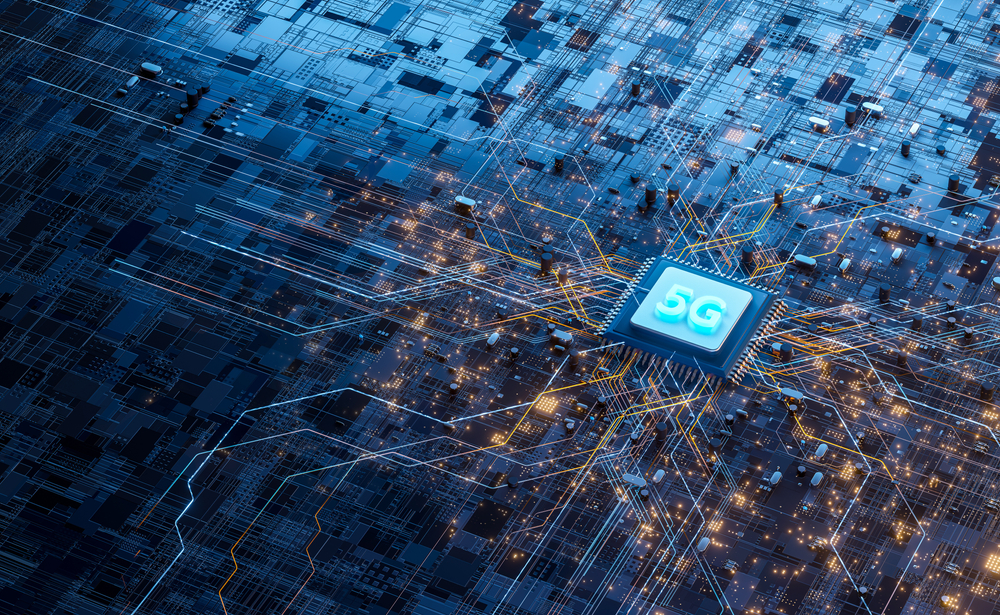5G in India has been gaining a lot of traction, but there is limited understanding of the technology or the potential that might be unleashed in the years to come. A whole set of innovative products can be built when 5G is fully exploited due to reduced power consumption and quicker response times. If the government utilizes this power, it can improve all citizens’ social and economic status.
Contents
The Evolution of Open RAN
To understand this concept better, let us first look at what a traditional RAN and a virtual RAN are before looking at an open RAN. RAN stands for Radio Access Network, and in the traditional setup, there were antennas that connected the radio unit and a baseband unit (BBU) via RF cables. The problem was the loss of signals depending on how far the cable ran.
The RF cables were subsequently replaced with fiber cables to overcome the problem. Also, the radio unit is shifted near the antenna, and the base band unit is separated. Now the loss of signals is very insignificant. Here, the radio unit is proprietary hardware, while the baseband unit is both proprietary software and proprietary hardware.
In the case of virtual RAN, the baseband unit is COTS (commercial off-the-shelf) hardware, while all other hardware remains the same, including the fiber cabling. In the open RAN, the radio unit is replaced by generic COTS hardware.
In a nutshell, the open RAN is a modern network architecture that offers greater flexibility, agility, and choice for 5G service providers. In traditional RAN, the service provider is locked in with the radio and baseband unit vendors. Now, the persisting problem of not being able to mix and match vendor components to improve performance has to be overcome. Thus, in the open RAN architecture, the service providers get faster and more efficient deployment options. In addition, network slicing, analytics, and network automation are a few new capabilities that are unlocked when operators shift to an open RAN.
Connected Homes and more with 5G and open RAN
Let us take the use case of truly connected homes. 5G will enable connecting multiple devices, including your doorbell and thermostat. This would greatly benefit senior citizens who remain at home all by themselves. With sensors and medical devices that are connected to the grid, there will be a fast transfer of data in case of any emergency situation or to help them in their daily needs like booking appointments, purchasing supplies, and assisting in getting things done. The applications of 5G can vary from simple chore automation to navigating connected robots, printing three-dimensional prosthetics, and setting up teleconsultations. 5G unlocks reliability, efficiency, and performance with reduced response time when completely unlocked and made available. This is an example of how value gets unlocked, especially in bringing down the cost of health care or building inclusive communities. A similar expectation can be had for smart roads and driverless cars. In this case, value is trapped in terms of saving commute hours and cutting down on the hassle. This could also bring down the number of accidents the country sees every year. Improved quality of life with enhanced technology is just the tip of the iceberg, as more innovations could follow to make a meaningful impact on the social and economic welfare of the people.

Significance of 5G and Beyond for India
Results from the initial test promise 5G speeds to be around a hundred times faster than the current speeds available in India. In fact, the technology, if properly implemented, can compete with wired broadband technology itself. But the greater question is whether we see any urgency to exploit the full efficiency of 5G soon. Agriculture has been the backbone of the country, and the agricultural industry’s output can be substantially enhanced using 5G technology. Ranging from intelligent weather tracking systems to drones patrolling the vast farmlands, every sensor on the ground could generate tons of data that could be used for timely harvesting and maximizing profit in these sectors. The mobile media and entertainment industry is another one that could stand to gain. In this case, the improved network speeds would enable streaming high-quality videos in real-time as well as support for virtual reality gear. The regulators and government functioning often determine how long it takes to exploit and deploy 5g to its truest potential. We could see an outright effort for the next five years to mitigate the infrastructure and regulatory challenges of harnessing the power of 5G. Fiber broadband availability has tipped the scales for more disruptive innovations to follow.
In India, service providers enjoy the freedom to choose the technology they would like to deploy in a given band. Though any spectrum band can be used, spectrum harmonization will only help achieve economies of scale in this business. Also, since 5G depends on a very dense network, small cells must be made available every 250 meters. These small cells can be part of an electricity pole, metro stations, bus stops, light poles, etc. Also, a large investment in the radio network, spectrum, and backhaul may not be sustainable if it has to be met only with government funds. Newer revenue streams will emerge as we take the path of 5G, and over a period of time, this will evolve the mobile broadband universe.
Conclusion
Open interfaces enable multi-vendor deployments and contribute to a competitive and sustainable supplier ecosystem that benefits both the suppliers and the customers. The faster-to-market deployment models thrive on open RAN and give the service providers freedom to innovate and choose the components that provide the most optimal and cost-effective mix. Open RAN deployments are slowly moving towards a BAU (Business as Usual) state. The stage of conducting trials is over, and now we see proof of concept implementation by several service providers. With a breakdown of the global supply chain due to the pandemic in certain countries and the ongoing war in other parts of the world, the dependency on vendors creates bottlenecks in the speedy implementation of 5G. With open RAN, the strategy is to break the deadlock due to the vendors and move to alternate resources. This strategy immensely helps the upcoming telecom players and existing telecom giants in the country. The shift to open RAN will open new innovative solutions and will digitize the overall network. The 5G network is available on a trial basis, and few devices support 5G in the market. As network adoption multiplies and more affordable devices start entering the market, it may lead to reduced costs and improved performance over the long run.













